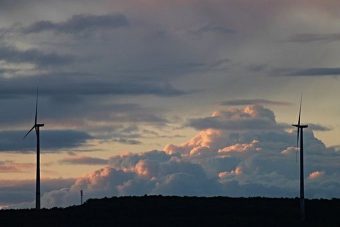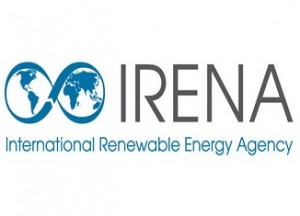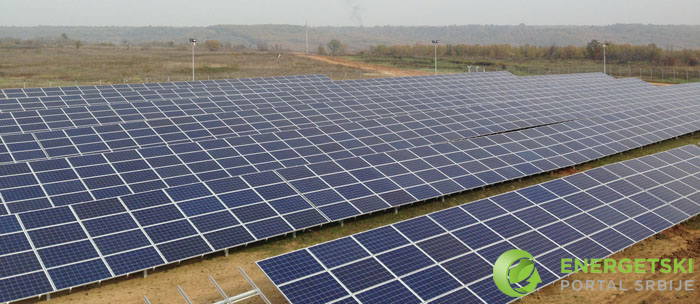
We all know that solar power offers myriad health and environmental benefits over traditional energy sources — including reduced emissions and improved air quality — but the social benefits it offers are perhaps less well known. A new paper from IRENA, launched in June at InterSolar Europe in Munich, highlights the way solar technology is being used to power food production and empower communities to escape poverty.
For example, Solar Pumping for Irrigation: Improving livelihoods and sustainability, details how solar technology is being used to improve farming efficiency and agricultural output, highlighting successful examples from across Africa and Asia.
According to the United Nations, more than 40% of the world’s population makes a living in the agriculture sector — many of whom live in poverty. Socio-economic development is strongly linked to agricultural productivity, and as climate change continues to disrupt rainfall patterns, developing irrigation is becoming a vital tool to combat poverty. Given that only 5% of sub-Saharan African farmland irrigated, and that the continent is home to one of the fastest growing populations on the planet, the need to produce more food and energy is becoming critical.
Some countries are now exploring solar-based solutions (e.g. water pumps powered by solar panels), which provide reliable, cost-effective, and environmentally sustainable energy for decentralized irrigation services. These solutions are even cost-competitive with diesel powered pumps in many cases.
For example, Solar Pumping for Irrigation highlights a case in India, where diesel-powered water pumps on salt-pan farms were replaced with solar-powered pumps. The change resulted in a life-changing 161% increase in annual monetary savings for the farmers, in addition to reduced air pollution and CO2 emissions.
Solar-pumps and other solar technologies are proven to positively affect the lives of both men and women. For example, the installation of three solar-powered drip-irrigation systems in the Kalale district of northern Benin helped a co-operative of 35-45 women free themselves from four hours of labor a day. The increased time and more reliable income from the irrigation system, helps the women to feed, educate, and provide medical care for their families.
Water, energy, and food are intimately interlinked. Within this nexus, actions taken in any areas affects the others. In Solar Pumping for Irrigation, IRENA calls for a holistic approach with regards to policy, which recommends to:
• foster innovation and flexibility when delivering solar pumping solutions;
• take into account target groups and the long-term sustainability of markets when considering financial instruments to support solar pumping;
• focus on after-sales support and capacity building: providing support for regular operation and maintenance;
• package energy and water-efficient solutions in water-stressed areas;
• assess the direct and indirect impacts on water resources;
• monitor performance and gather data;
• consider the influence of availability and cost of energy on the choice of crops grown;
• and adopt an integrated approach to programme design: solar pumps can also bring electricity to poorly connected communities and contribute to the achievement of multiple Sustainable Development Goals.
Source: irenanewsroom.org



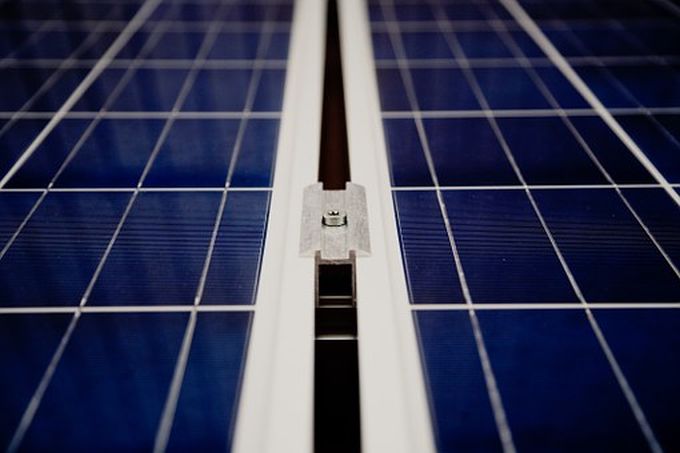








 The Prime Ministers of Sweden and Serbia confirmed that IKEA will invest 300 million euros in Serbia by the end of the year at the World Economic Forum in Davos during January. Exclusively for Energy portal Mrs Irena Dobosz, the manager for sustainability at IKEA company for Southeast Europe, has said something more about the way in which this company operates. IKEA follows the values and the concept of the founder Ingvar Kampard, who grew up in Smaland province in Sweden. Rocky landscape dominates Smaland province, and residents have the reputation of innovative people because they use all raw materials in a thoughtful way and do not recognise imperfect solutions. That spirit which is characterized by the belief that no method is more effective than the good example is incorporated in IKEA.
The Prime Ministers of Sweden and Serbia confirmed that IKEA will invest 300 million euros in Serbia by the end of the year at the World Economic Forum in Davos during January. Exclusively for Energy portal Mrs Irena Dobosz, the manager for sustainability at IKEA company for Southeast Europe, has said something more about the way in which this company operates. IKEA follows the values and the concept of the founder Ingvar Kampard, who grew up in Smaland province in Sweden. Rocky landscape dominates Smaland province, and residents have the reputation of innovative people because they use all raw materials in a thoughtful way and do not recognise imperfect solutions. That spirit which is characterized by the belief that no method is more effective than the good example is incorporated in IKEA. Irena Dobosz: The IKEA company is dedicated to performing business in accordance with the sustainability principles which are grounded on the strategy “IKEA People & Planet positive“. The planning of our investments in the construction of buildings, whether commercial, business or manufacturing are in accordance with this strategy. We have invested 1,5 billion euros in our own renewable energy sources (solar power plants, wind generators) from 2009. Our goal is to achieve energy independency by 2020 by that is to produce the amount of energy that we consume. So far we have installed 700,000 solar panels on our department stores and other facilities world-wide. Numerous standards regulate technical solutions which will be implemented on our facilities. In addition to the construction of our own renewable energy resources (solar power plants on the roof of the facilities or the usage of geothermal energy), other key principles applied are the rational consumption of energy and resources through the application of new materials and technologies (for example LED lightening in the facilities, the use of sophisticated systems for planning and facility management, etc.), the use of renewable materials and waste management.
Irena Dobosz: The IKEA company is dedicated to performing business in accordance with the sustainability principles which are grounded on the strategy “IKEA People & Planet positive“. The planning of our investments in the construction of buildings, whether commercial, business or manufacturing are in accordance with this strategy. We have invested 1,5 billion euros in our own renewable energy sources (solar power plants, wind generators) from 2009. Our goal is to achieve energy independency by 2020 by that is to produce the amount of energy that we consume. So far we have installed 700,000 solar panels on our department stores and other facilities world-wide. Numerous standards regulate technical solutions which will be implemented on our facilities. In addition to the construction of our own renewable energy resources (solar power plants on the roof of the facilities or the usage of geothermal energy), other key principles applied are the rational consumption of energy and resources through the application of new materials and technologies (for example LED lightening in the facilities, the use of sophisticated systems for planning and facility management, etc.), the use of renewable materials and waste management. Irena Dobosz: IKEA continuously records an increase on a global level. Last year we had an increase of 11% and at the moment there are 375 IKEA department stores in 28 countries, which achieved a turnover of more than 33 billion euros and 884 million visits. With its diverse business activities IKEA is present in 43 countries and the number of employees arose to 172,000 last year.
Irena Dobosz: IKEA continuously records an increase on a global level. Last year we had an increase of 11% and at the moment there are 375 IKEA department stores in 28 countries, which achieved a turnover of more than 33 billion euros and 884 million visits. With its diverse business activities IKEA is present in 43 countries and the number of employees arose to 172,000 last year.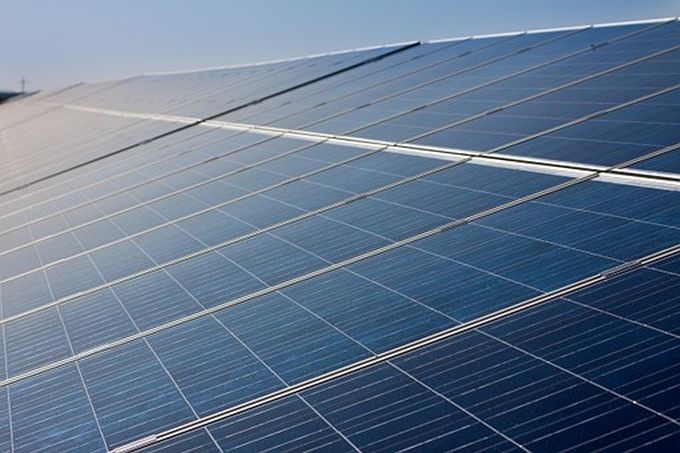

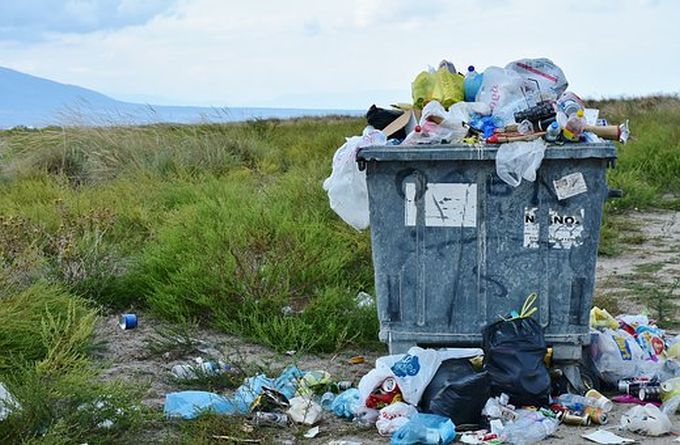


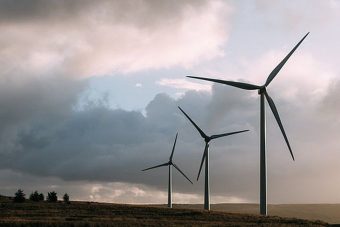

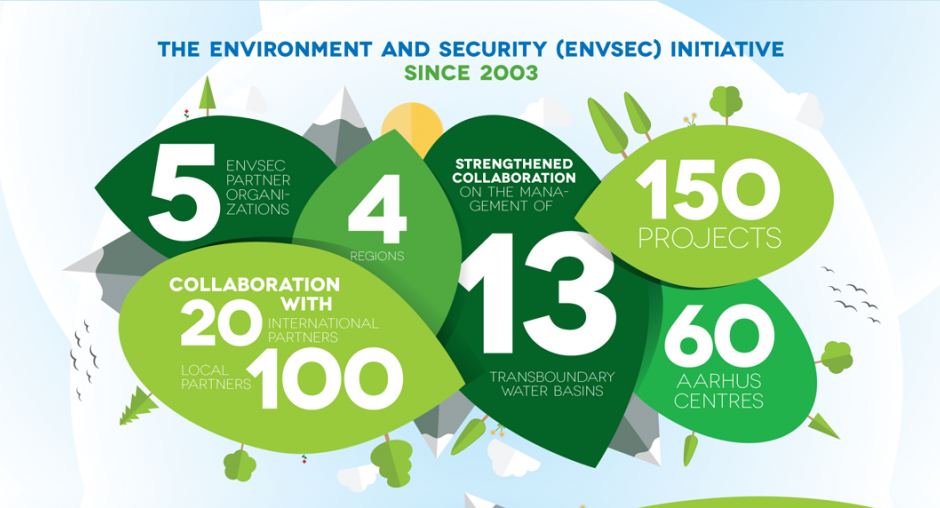
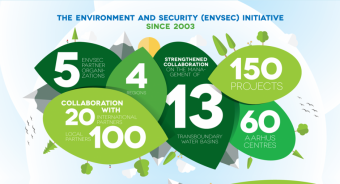 The Environment and Security Initiative (ENVSEC) stakeholders discussed on 9th June in Batumi how the Initiative can contribute to the implementation of the 2030 Agenda for Sustainable Development and transition to green economy at an ENVSEC side event on the occasion of the Eighth Environment for Europe Ministerial Conference.
The Environment and Security Initiative (ENVSEC) stakeholders discussed on 9th June in Batumi how the Initiative can contribute to the implementation of the 2030 Agenda for Sustainable Development and transition to green economy at an ENVSEC side event on the occasion of the Eighth Environment for Europe Ministerial Conference.


